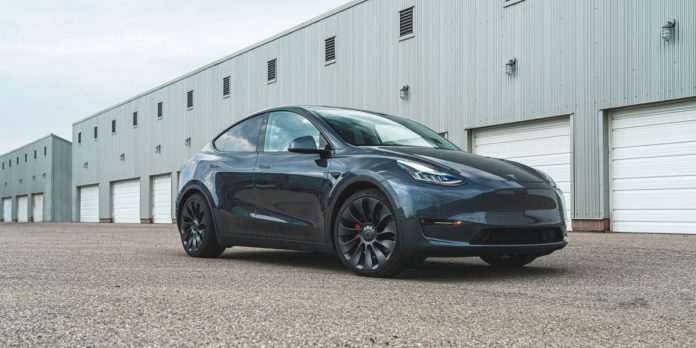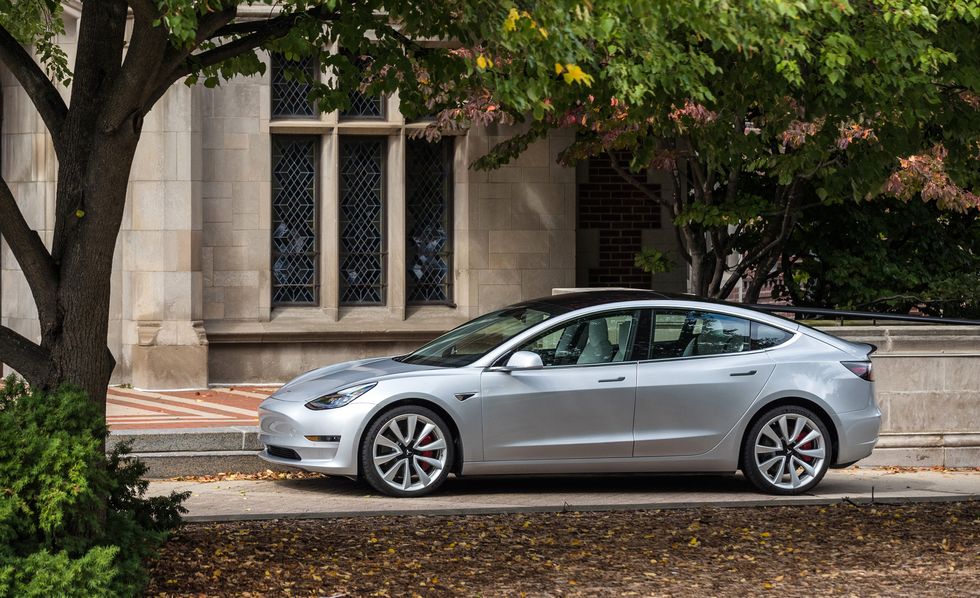- According to a new investigative report from the Reuters news service, Tesla has displayed a pattern of blaming customers for part failures and refusing to pay for repairs, even though the parts were internally regarded as defective.
- Reuters interviewed more than 20 customers and nine former Tesla employees to determine that the chronic failures date back at least seven years and span Tesla’s entire lineup across the globe.
- While the company issued recalls in China, Tesla avoided doing the same for the United States and Europe, despite each market sharing the same defects.
According to an investigative report by Reuters published on December 20, Tesla has a history of blaming drivers for parts failures that the company internally regarded as defective. For the report, Reuters interviewed more than 20 customers and nine former Tesla employees to determine that the failures date back at least seven years while spanning Tesla’s entire lineup.
One example given by Reuters details Shreyansh Jain’s experience, reporting that Jain took delivery of a 2023 Tesla Model Y in March. One day later, with the vehicle’s odometer reading only 115 miles, he told Reuters that the front-right suspension collapsed during a slow turn into his neighborhood.
More Than $14,000 in Repairs
According to the Reuters report, Tesla told Jain that the suspension collapse was caused by the lower control arm separating itself from the steering knuckle. As he had owned the car less than 24 hours when the crash occurred, Jain expected Tesla to foot the bill—a bill that included nearly 40 hours of labor required to rebuild the suspension and replace the steering column, among other fixes, and totaled more than $14,000. As unlikely as it seems that a customer whose car only had 115 miles on the odometer would have caused a fatal suspension failure in those first hours of ownership, that’s what Tesla determined had happened. Reuters reports that Tesla refused to cover the repairs, instead blaming the accident on “prior” suspension damage—for a car with 115 miles on the odometer.
Unfortunately, though, Jain’s situation wasn’t the sole offense from the automaker either. Control arm failures have been popular enough on Teslas for the internet to give it a hashtag-style name: “whompy wheels.”
The news service’s report shows that the company blamed the frequent failures of several parts on Tesla owners, alleging they abused the cars, according to interviews conducted by Reuters with former service managers, company records, and a 2020 Tesla letter to the U.S. National Highway Traffic Safety Administration (NHTSA). In some cases, the automaker charged customers whose cars were out of warranty to replace parts that Tesla engineers had internally called flawed or that they knew had high failure rates.
Blame Game and “Whompy Wheels”
Reuters reports that after four years of documenting and resolving roughly 400 similar failures in China, the automaker finally issued a recall—but only in China. Despite the evidence showing similar failures in other markets, Tesla never issued a recall for the defect in the United States or Europe.
Instead, the company told U.S. regulators the failures were caused by “driver abuse” and quietly dealt with the issues on a case-by-case basis. According to the report, Tesla also instructed service centers, in a 2019 memo, to use the same explanation with customers experiencing aft-link failures. They were told to blame “vehicle misuse,” such as “hitting a curb or other excessive strong impact.”
In addition to the “whompy wheels,” some Tesla owners have also been dealing with sudden power steering issues. In July, NHTSA began investigating power-steering outages in 2023 Model 3 and Model Y vehicles. Between late 2017 and early 2022, more than 400 Model 3 and Model Y owners reported power-steering failures to the automaker, according to a Reuters review of customer messages sent through Tesla’s service app.
Reuters profiles one owner who lost power steering while driving near Portland, Oregon. “Fortunately, I was able to hit the brakes quick enough and not go into the ditch, but, yeah, it was pretty terrifying,” said Minshall. “It tried to kill me.”
Jack Fitzgerald’s love for cars stems from his as yet unshakable addiction to Formula 1.
After a brief stint as a detailer for a local dealership group in college, he knew he needed a more permanent way to drive all the new cars he couldn’t afford and decided to pursue a career in auto writing. By hounding his college professors at the University of Wisconsin-Milwaukee, he was able to travel Wisconsin seeking out stories in the auto world before landing his dream job at Car and Driver. His new goal is to delay the inevitable demise of his 2010 Volkswagen Golf.


